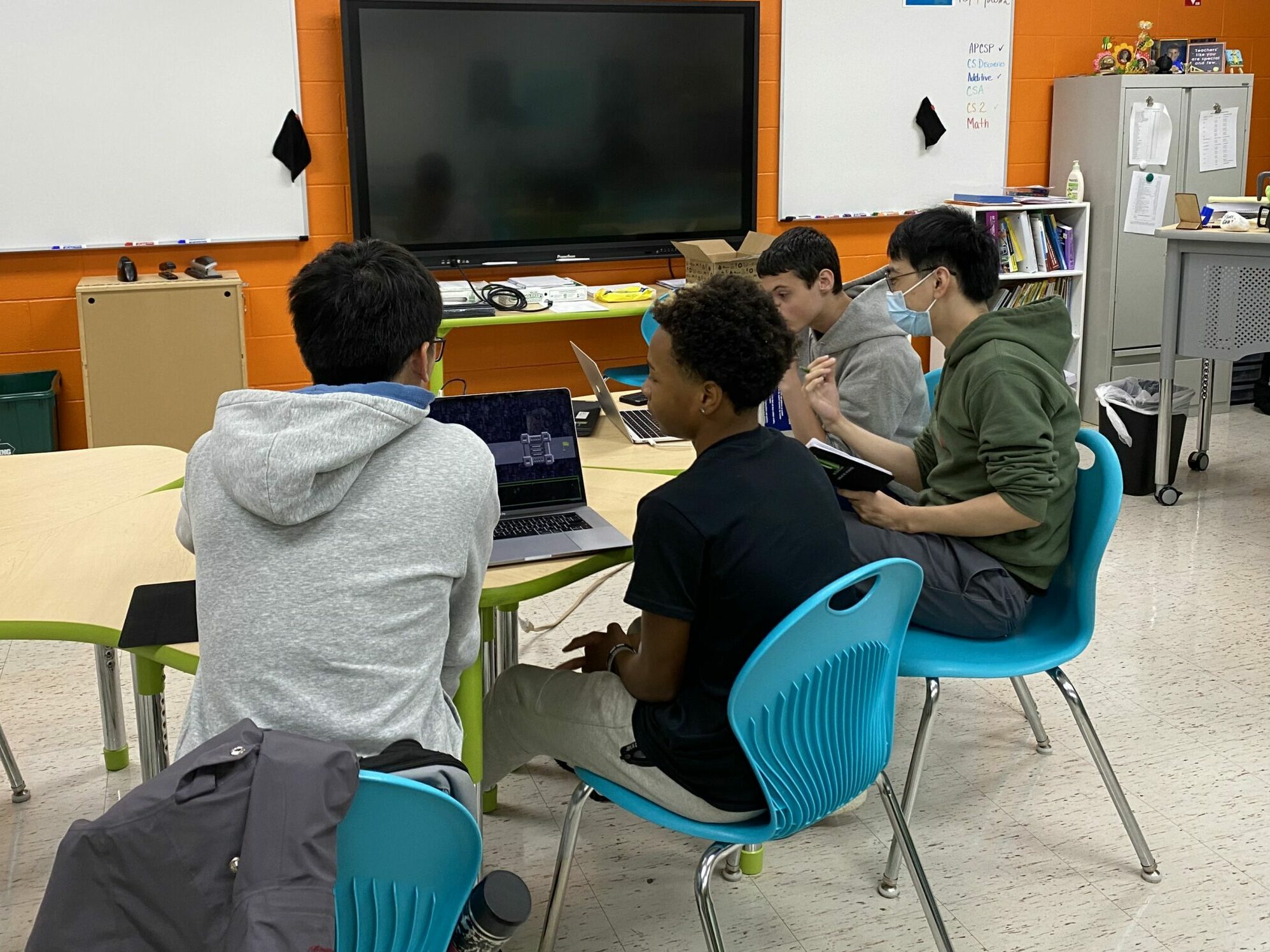Summary
With the digital prototype we built last week, we had another playtest session with random college students at Hunt Library again, and we also had playtested with 4 middle school students who visited the ETC.
With the feedback, we iterated a new build with a new tutorial puzzle, and both the art and program were upgraded. At the end of the week, we went to Cornell High School and playtested with 6 high school students in their CS class. Compared to last week’s build, players showed a better understanding of the mechanics and puzzles.
Design-wise, we came up with drafts of two more tutorial puzzles and a puzzle targeting the concept of binary exploitation.
Playtest
Two playtest sessions were held at the beginning of this week. One at Hunt Library with random college students, the other with middle school students visited the ETC this week.
Important notes and observations included:
- Compared to the paper prototype, players showed more understanding of the gameplay and interactions
- No distinguishable difficulties for middle school students to solve the puzzles compared to college students
- Players felt they were hacking objects
- Some thought the puzzle was too easy and wanted to try more difficult ones. However, sometimes they solved the puzzles only by either luck or trying all possible combinations
- Some thought the error graphic represented something positive, as it was the visual feedback after their modification to the objects
- Players tended to make every object in an error-free state
- Players were more engaged when they played together and had a partner to discuss
- Some didn’t know the cards in the bag were carried through when interacting with different objects
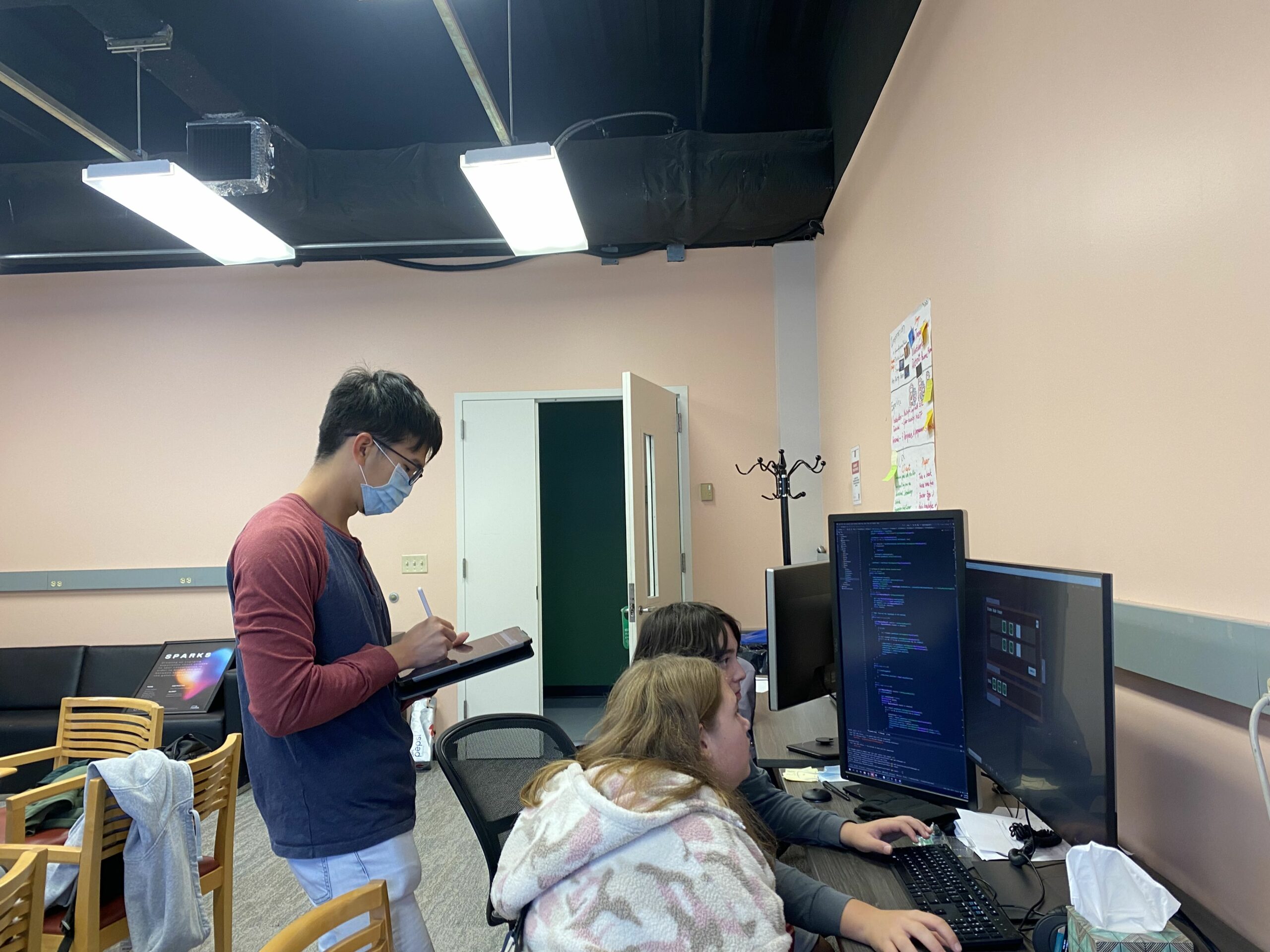
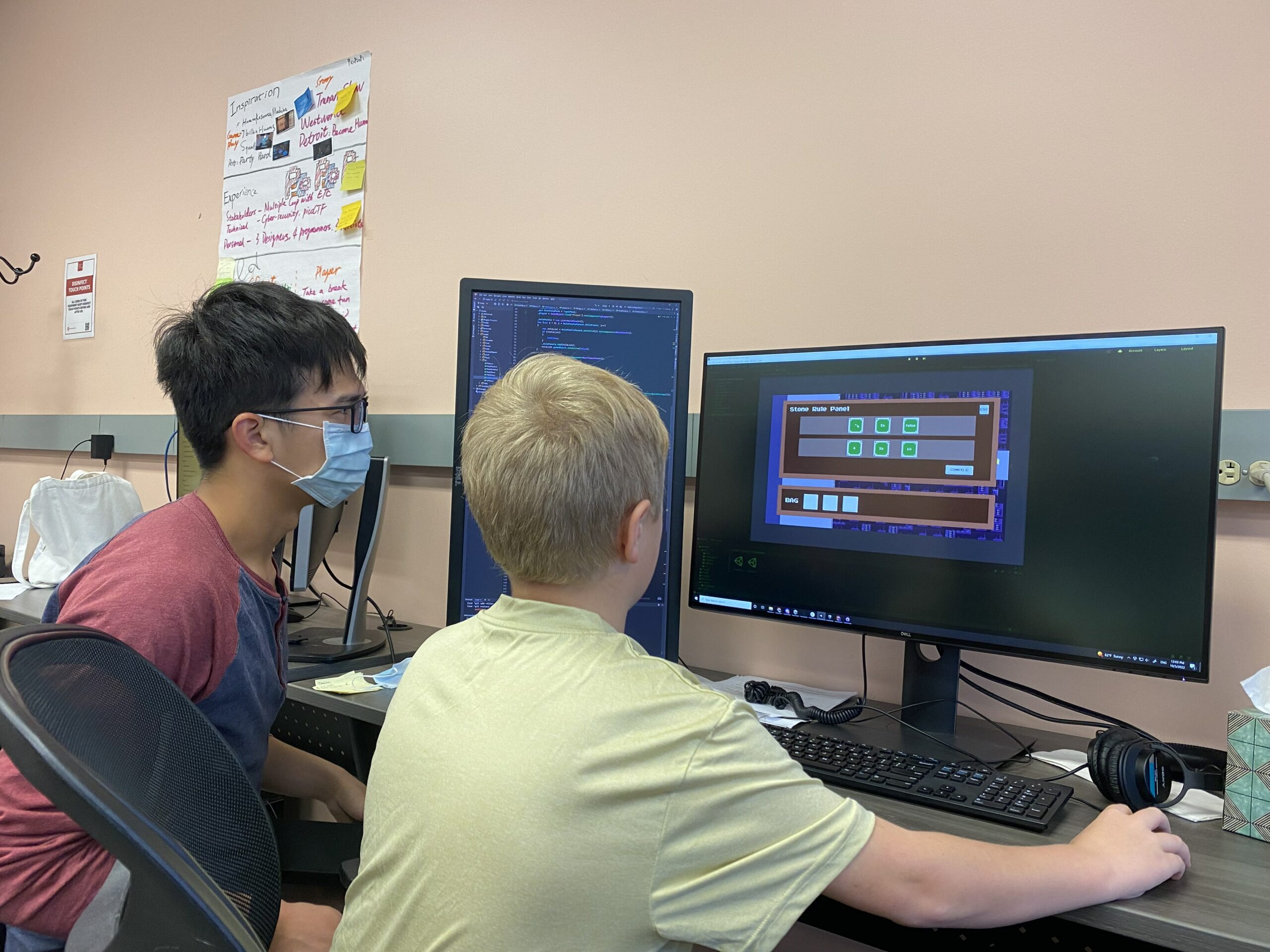
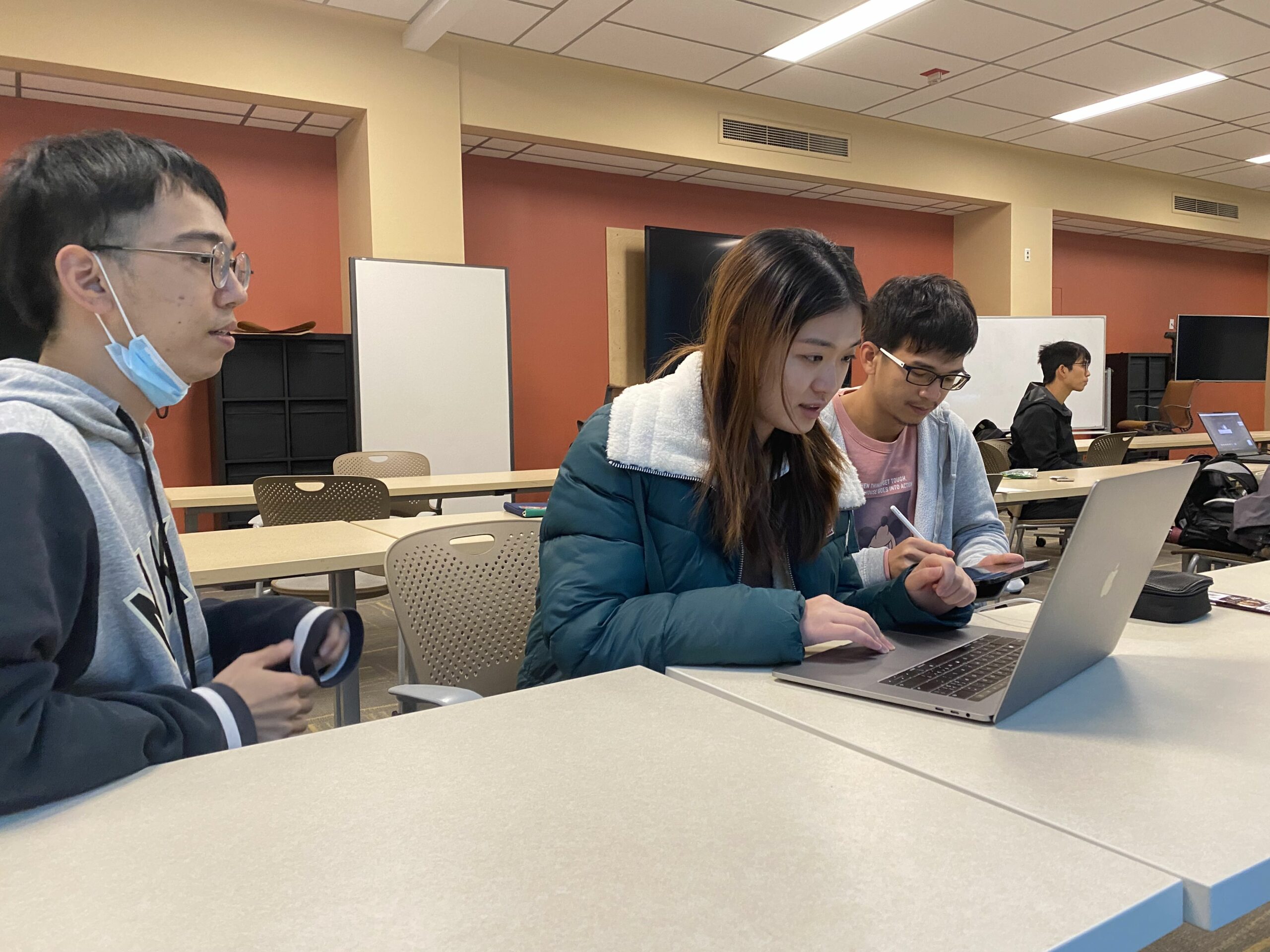
Iteration
With the feedback, we quickly made an iteration through the week. Major changes included:
- Revision of the UI (panel, cards, symbols)
- Revision of the rock sprite
- Making the bag UI persistent in view
- Adding a tentative tutorial puzzle where the player changes the size of a rock to pass the walkway
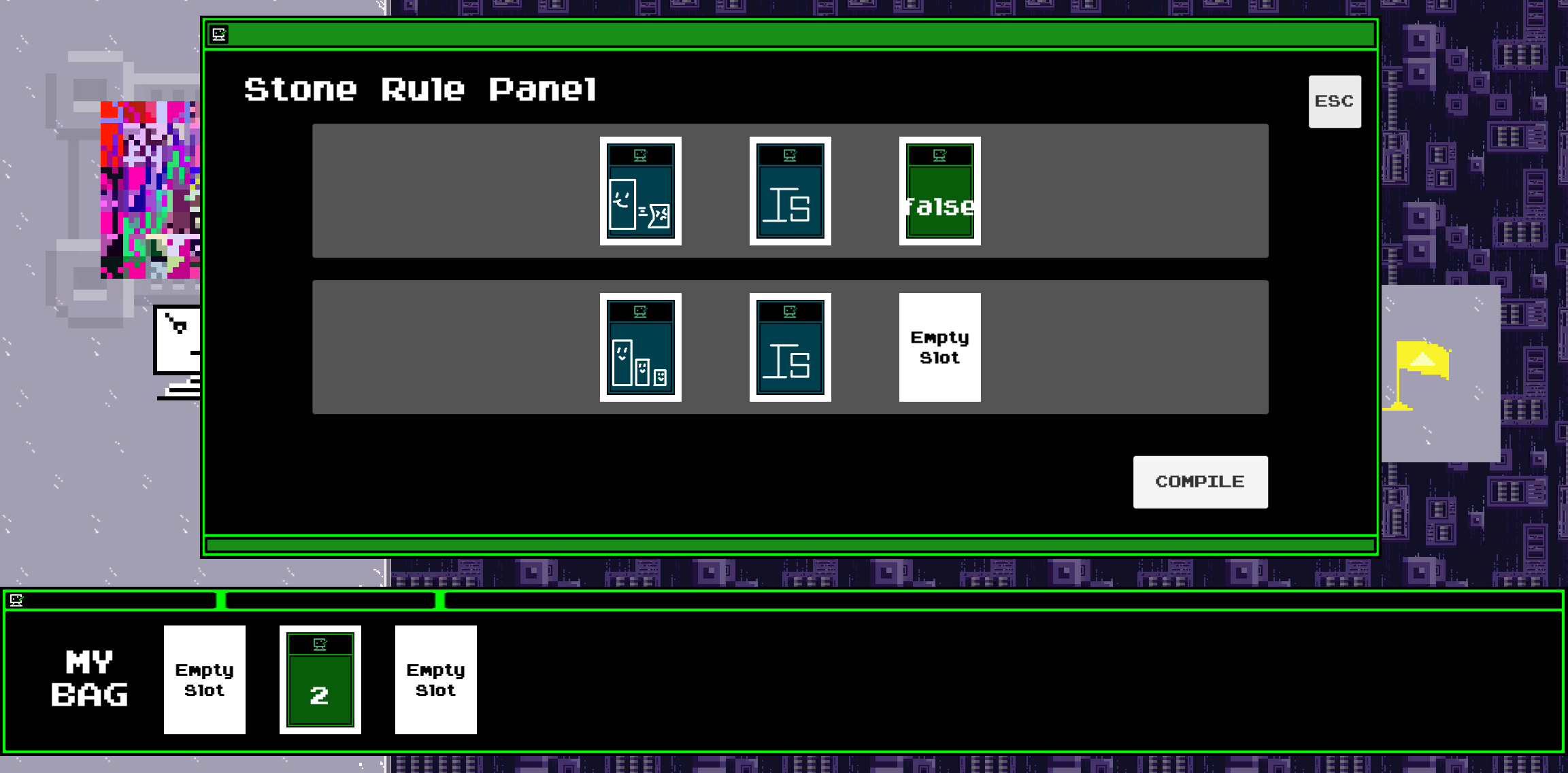

Here’s the playable link and the walkthrough video:
Playtest – Cornell High School
On Friday, we went to Cornell High School to playtest with 6 of their students in the CS class, ranging from 9th to 12th grade.
Important notes and observations included:
- Half of the students understood the mechanics and solutions
- Compared to the previous build, the half transparancy made the non-collidable stone easier to understand
- Players wanted to try more difficult puzzles.
- Persisent Bag view made it easier to realize the need of carrying cards from object to another
More Puzzles
We finished drafts of two more tutorial puzzles that help player familiarize the basic interactions and how the statements and cards work. The player should pass the level by modifying the size of the obstacle and the color of the objects.
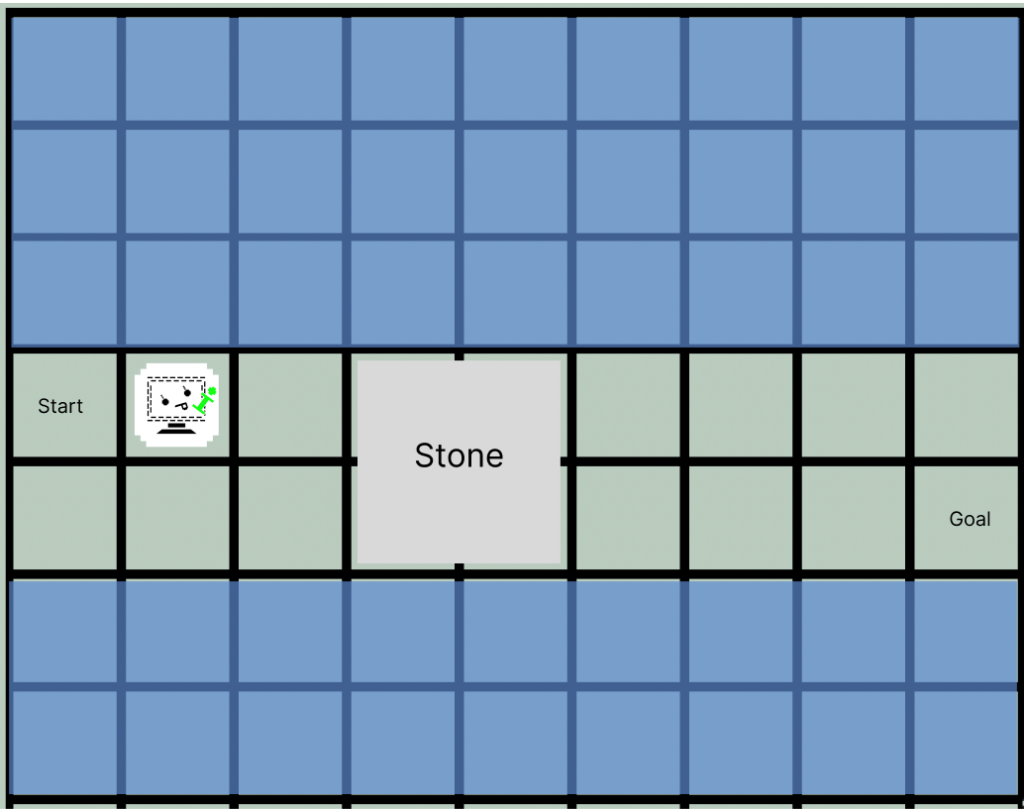

We also designed a more difficult puzzle introducing the concept of binary exploitation – specifically buffer overflow attack. The player puts in more cards then the robot expects and overwrites the third line to modify the robot’s behavior.
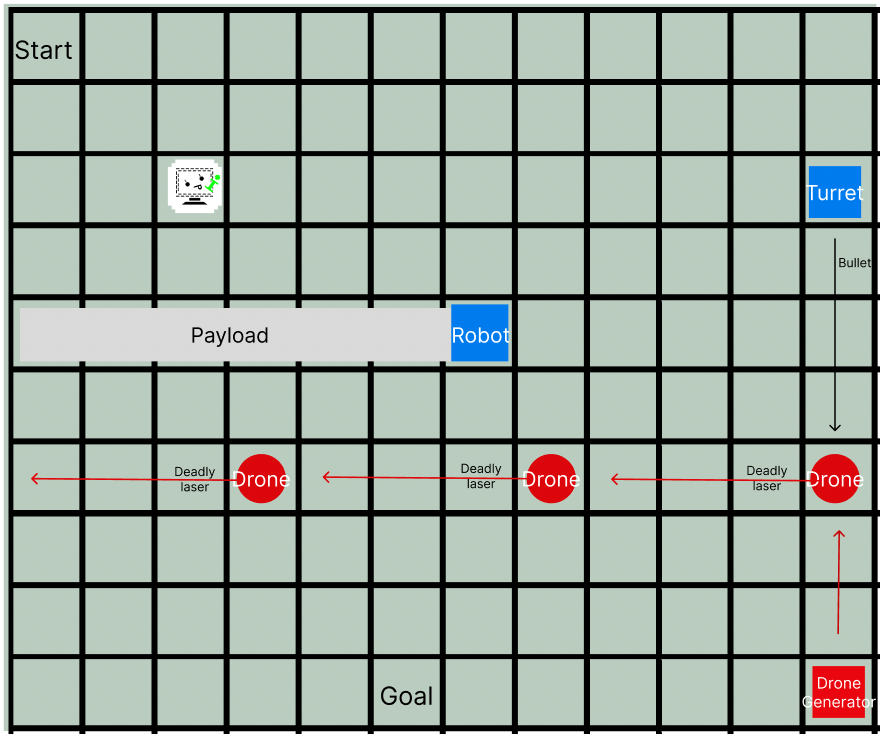
Next Steps
We’re heading toward the half presentation next week. We’ll take a step back to review our progress so far for the first half of the semester and plan for the rest of the semester.
At the same time, we’ll start implementing the two tutorial puzzles and playtest the other two harder puzzles with paper versions. We’ll also start brainstorming about the story background for our game.
